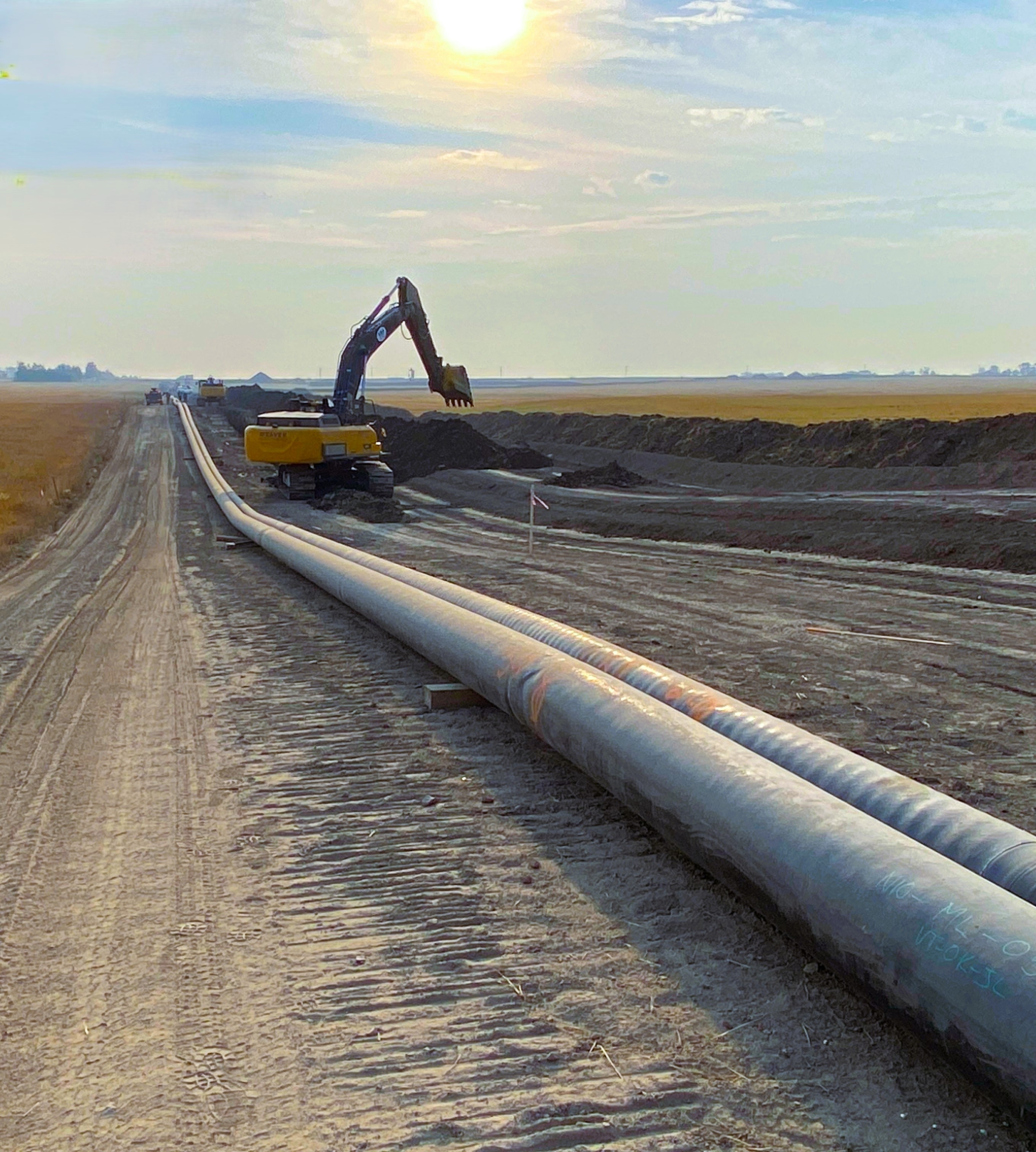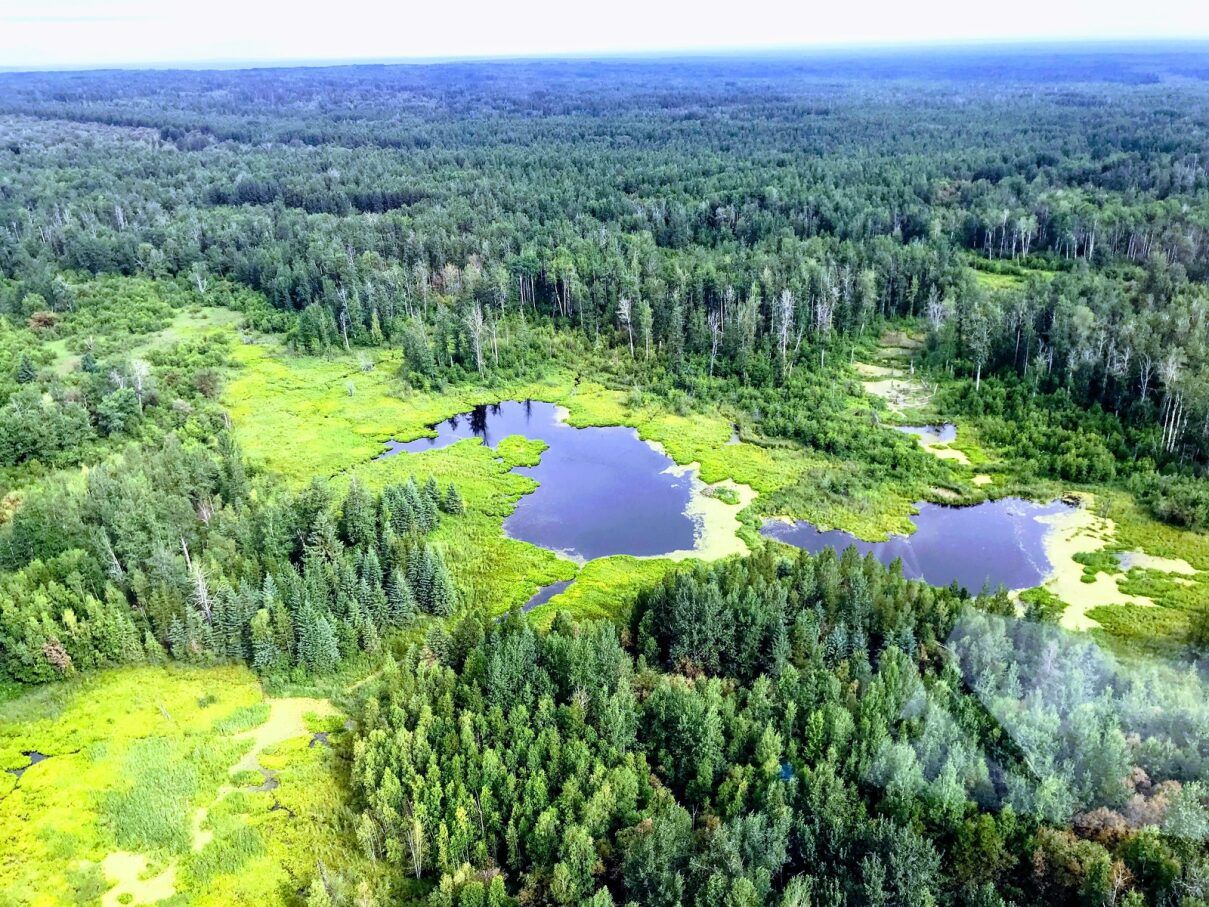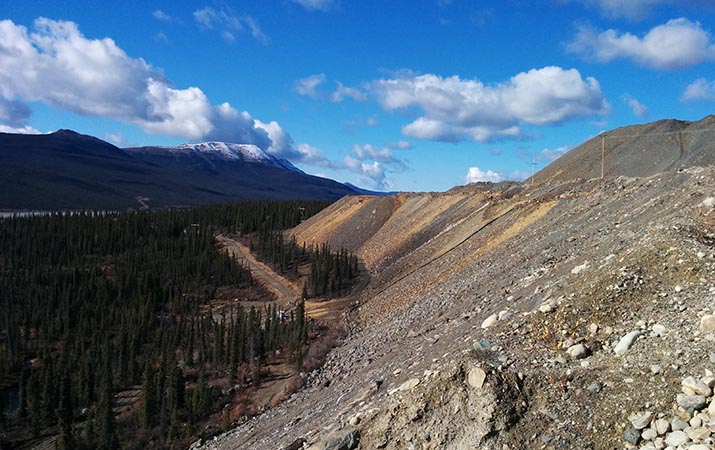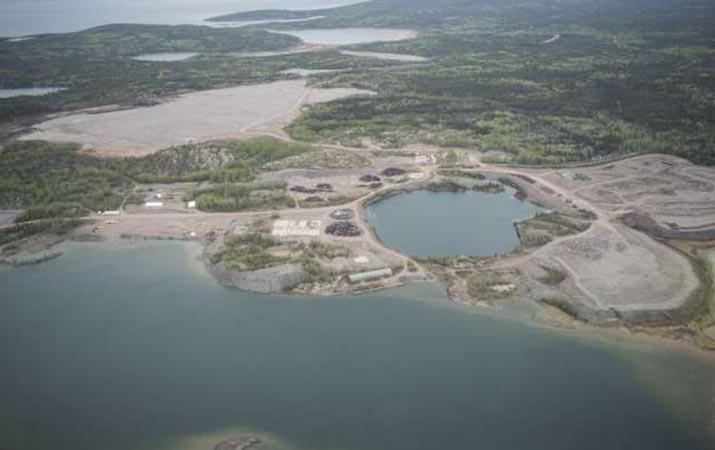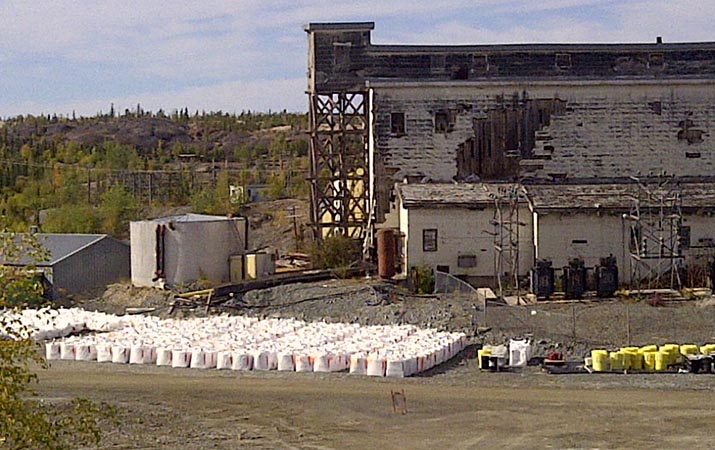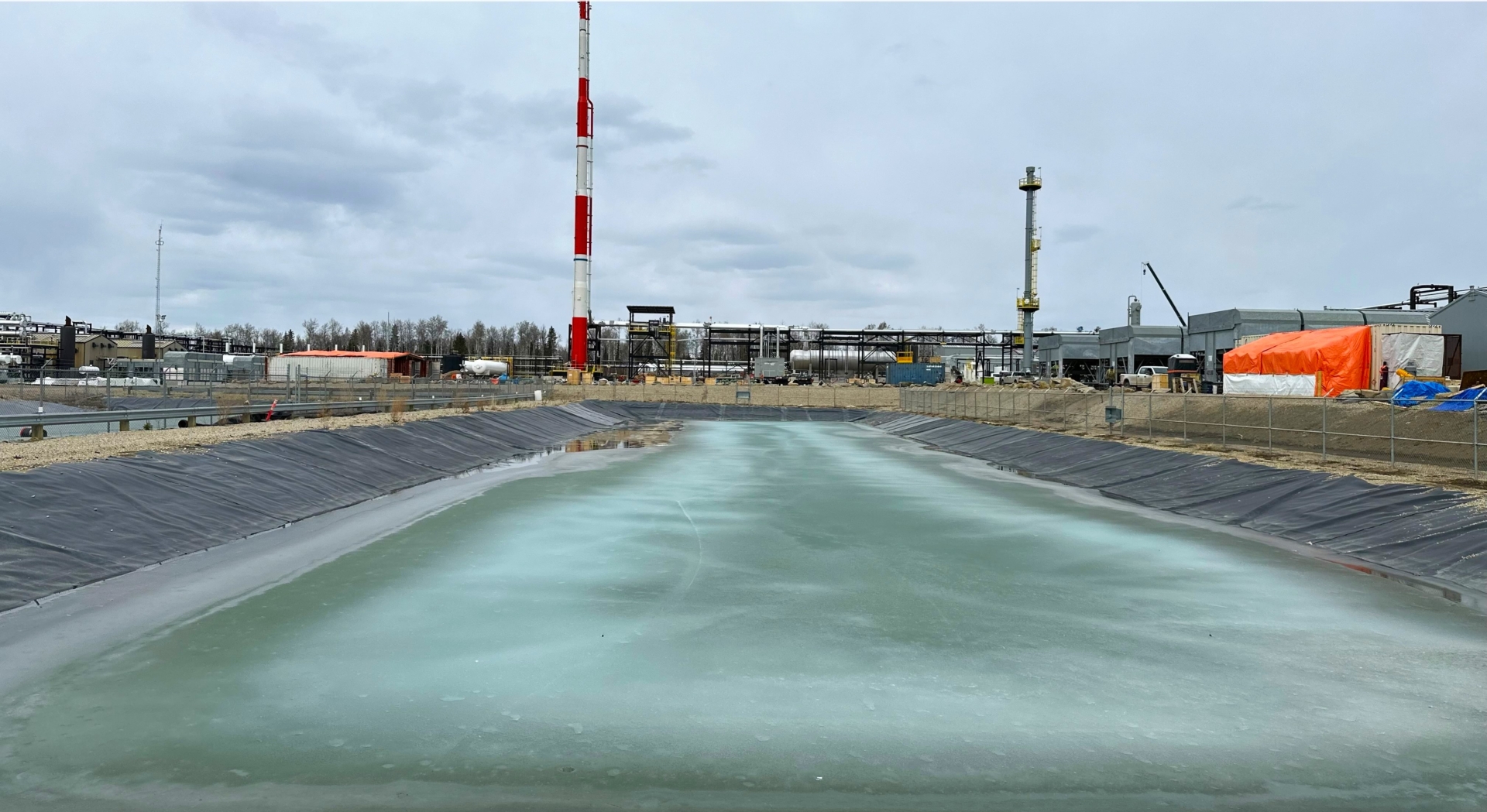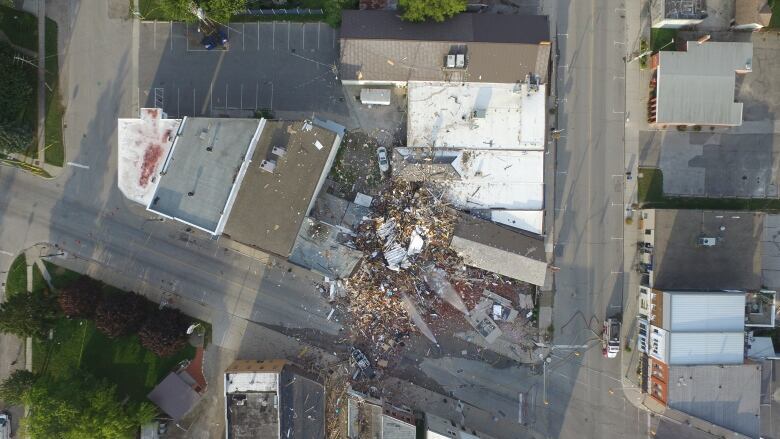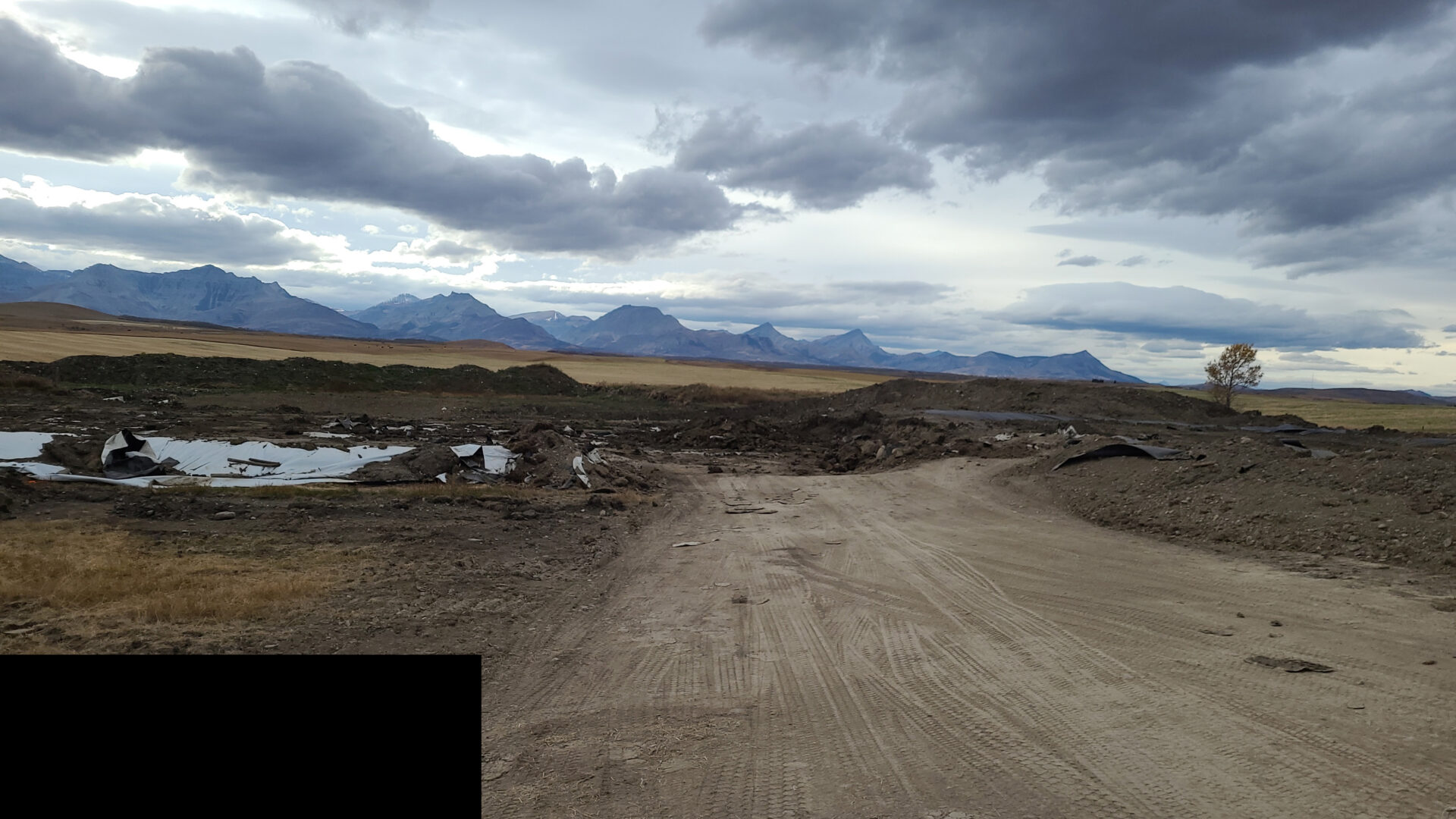It’s become a tradition to write a year-end recap in December, reflecting on key industry topics and challenges surrounding site restoration and closure in the energy sector. This year, we’re continuing that theme while expanding to broader topics with a forward-looking perspective.
Policy, Regulation, and Industry Trends
2024 has been a steady year for site closure in Canada, particularly following the conclusion of the Site Rehabilitation Program (SRP) in Western Canada in 2023. The SRP, a government-funded initiative, accelerated the cleanup of inactive wells and created jobs during the economic downturn. Its conclusion has pushed the industry toward a more self-sustaining model, fostering stabilization and operational improvements. Despite residual challenges, the industry has demonstrated improved execution and efficiency. Stable commodity prices have enabled companies to make long-term investments and meet or exceed regulatory requirements without subsidies, laying a strong foundation for future progress.
At the provincial level, Alberta’s Mature Asset Strategy, championed by Premier Danielle Smith, has emphasized maximizing energy production benefits while ensuring responsible stewardship of resources. British Columbia’s Dormant Sites Reclamation Program uses a timeline-based system requiring operators to decommission inactive wells according to specific deadlines, ensuring timely cleanup. Saskatchewan’s Inactive Liability Reduction Program (ILRP) sets annual liability reduction targets for operators based on a percentage of their total liabilities, incentivizing proactive management of inactive wells. Together, these approaches have instilled confidence in operators. For instance, British Columbia’s timeline-based system provides accountability, while Saskatchewan’s ILRP fosters collaboration across the industry. Alberta’s Energy Regulator reported a 91% compliance rate for mandatory spending obligations in 2024, highlighting the effectiveness of these coordinated strategies. These developments reinforce Canada’s reputation as a leader in responsible energy resource management.
From a business perspective, we strive to be “quiet champions” of Canadian excellence in site restoration. Over the past 20 years, the Canadian energy sector has transformed site closure from an afterthought to a globally recognized benchmark of excellence. While some critics argue more needs to be done, the industry’s standards, efforts, and results speak for themselves. This pragmatic, long-term approach positions Canada as a global leader in site closure, balancing economic and environmental priorities.
The United States & Orphan Wells
The situation with orphaned wells in Canada contrasts sharply with the U.S. due to differences in policy frameworks and the scale of the challenge. Canada’s industry-funded approach, led by organizations like the Alberta Orphan Well Association, ensures a more controlled inventory of orphan wells. In contrast, the U.S. faces a broader issue due to less centralized oversight and a much larger undocumented well inventory. Canada manages approximately 10,000 orphan wells, representing just 2-4% of Western Canada’s 450,000 active and inactive wells. Meanwhile, the U.S. grapples with approximately 120,000 documented orphan wells and over 1 million undocumented sites. Combined with nearly 900,000 producing wells (and 4 million drilled historically), this represents a cleanup effort worth hundreds of billions, if not trillions, of dollars.
Federal Efforts Supporting Cleanup of Orphan Wells
The U.S. government has ramped up its commitment to addressing orphaned wells, allocating $4.7 billion through the Bipartisan Infrastructure Law. This funding supports plugging, remediation, and restoration efforts across federal, Tribal, state, and private lands. These efforts aim to reduce greenhouse gas emissions, restore ecosystems, and create jobs in communities impacted by legacy pollution. Oversight by the Department of the Interior and collaboration across federal agencies makes this program the largest U.S. investment in addressing legacy energy infrastructure.
Global Landscape
Globally, the North Sea stands out for its decommissioning challenges due to the scale of its operations, with hundreds of offshore installations requiring dismantling, and its stringent regulatory environment under the Petroleum Act 1998. This act mandates operators to submit detailed decommissioning plans for approval. Decommissioning an estimated 1,350 installations over the next 30-40 years is projected to cost €90 billion, with UK taxpayers potentially covering nearly half of this due to tax relief agreements. Regulatory oversight has tightened, with initiatives like the North Sea Transition Authority holding companies accountable for decommissioning obligations.
Despite these challenges, technological advancements such as artificial intelligence are offering solutions, potentially reducing costs by up to 35%. These innovations reflect a global commitment to addressing legacy infrastructure while balancing environmental and economic considerations.
Summary
As we close 2024 and look ahead, Canada has set a strong foundation for future success in site closure. With decades of work still ahead, maintaining consistency and excellence in closure efforts is critical.
As the saying goes, “What’s the best way to eat an elephant? One bite at a time.”
Wishing everyone a happy and safe holiday season, and looking forward to new opportunities in the coming year.
Yours in closure,
Ryan

About the Author
Ryan Smith, CEO
Ryan is a graduate of the University of Guelph where he completed a Bachelor of Arts, majoring in Economics. With a diverse service background, he has leveraged this into ownership positions in multiple oilfield service businesses. His vision and energy drives growth for 360 while infusing an entrepreneurial spirit into the corporate culture. Ryan pushes industry engagements and business interactions to propel 360 to the forefront of the liability management sector. The transition to team leader and entrepreneur came easily for Ryan having completed a first career as a professional rugby player. A former captain of the Canadian team, he played 51 games, 3 Rugby World Cups and played professionally in France and New Zealand.



